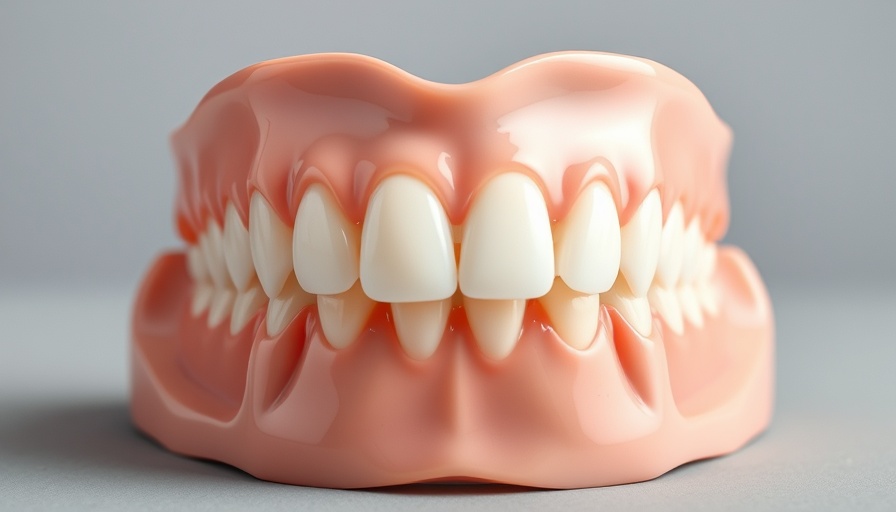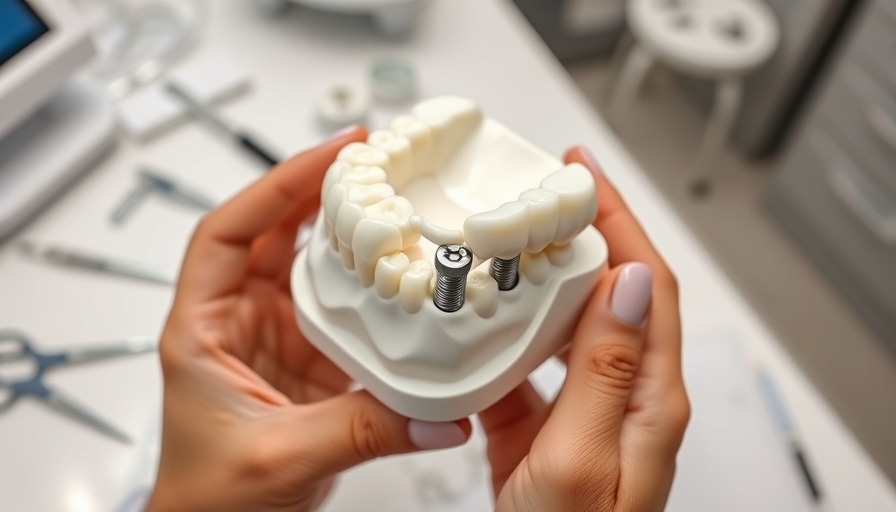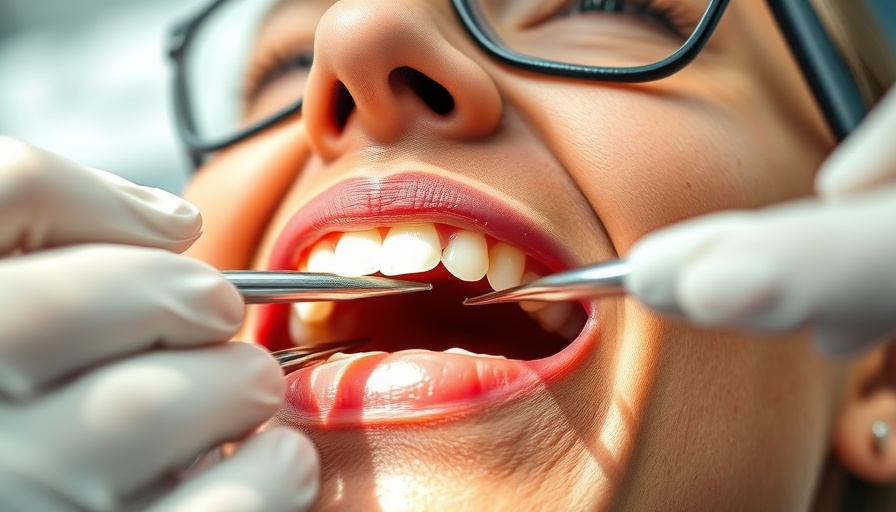
Understanding the Hidden Dangers of Microplastics in Dental Environments
Recent research highlights a seemingly innocuous but critical issue facing dental professionals and patients alike: microplastics (MPs) released during routine dental procedures. This alarming discovery raises serious questions about infection control and environmental health in dental practices. As dental procedures continue to evolve, it is essential for both practitioners and patients to be aware of the potential health risks associated with microplastic exposure.
How Microplastics Enter the Operatory
Everyday practices such as denture soaking and resin grinding are now under scrutiny for their role in releasing MPs into clinical environments. A detailed study analyzed various situations within dental settings, simulating the release of microplastics, with concerning findings based on environmental sampling and cell-based toxicological assessment. For instance, the high-speed processes involved in resin adjustments produce airborne particles that not only disperse in the air but also settle on surfaces and instruments, presenting a contamination risk.
The Biological Consequences of Microplastic Exposure
It’s not just the presence of microplastics that worries researchers, but also their potential toxic effects. Laboratory tests have indicated that MPs can trigger inflammatory responses within oral cells, suggesting that long-term exposure might lead to broader health implications affecting both oral and systemic health. This information emphasizes the need for urgent action from dental professionals to reassess safety protocols and possible interventions.
Steps to Minimize Risk in the Dental Operatory
In light of these findings, there are practical measures that dental providers can implement to mitigate risks associated with microplastic contamination. Enhanced high-volume suction during procedures, improved ventilation systems, and the use of water filtration can significantly reduce both airborne and waterborne MPs. Furthermore, the adaptation of new guidelines that focus on managing plastic-based materials more effectively can lead to better protection for both patients and staff.
Urgency for a Cultural Shift in Dentistry
As the field of dentistry considers the implications of microplastics, the urgency for a cultural shift toward comprehensive safety measures becomes paramount. With the identification of microplastic exposure as a looming threat, dental professionals are urged to adopt innovative practices and stay informed on the evolving guidelines surrounding this matter. Clinicians must be proactive in safeguarding their patients and themselves against potential health risks associated with this emerging concern.
 Add Row
Add Row  Add
Add 




 Add Row
Add Row  Add
Add 

Write A Comment